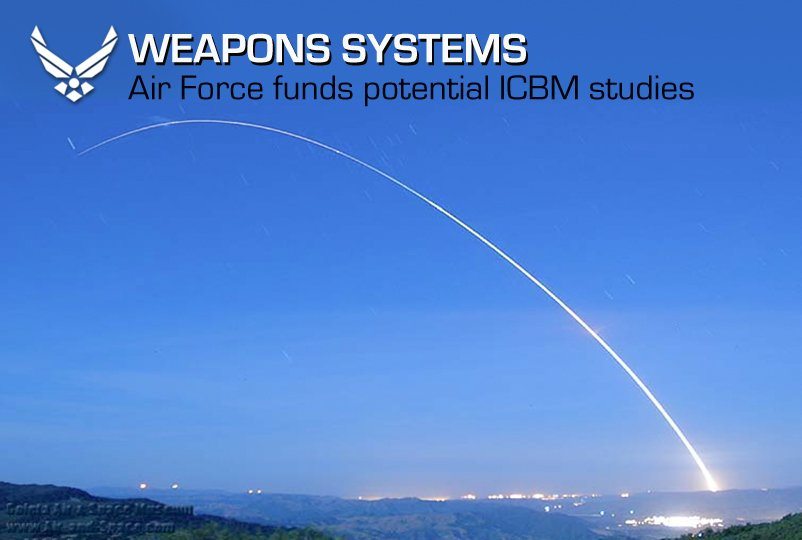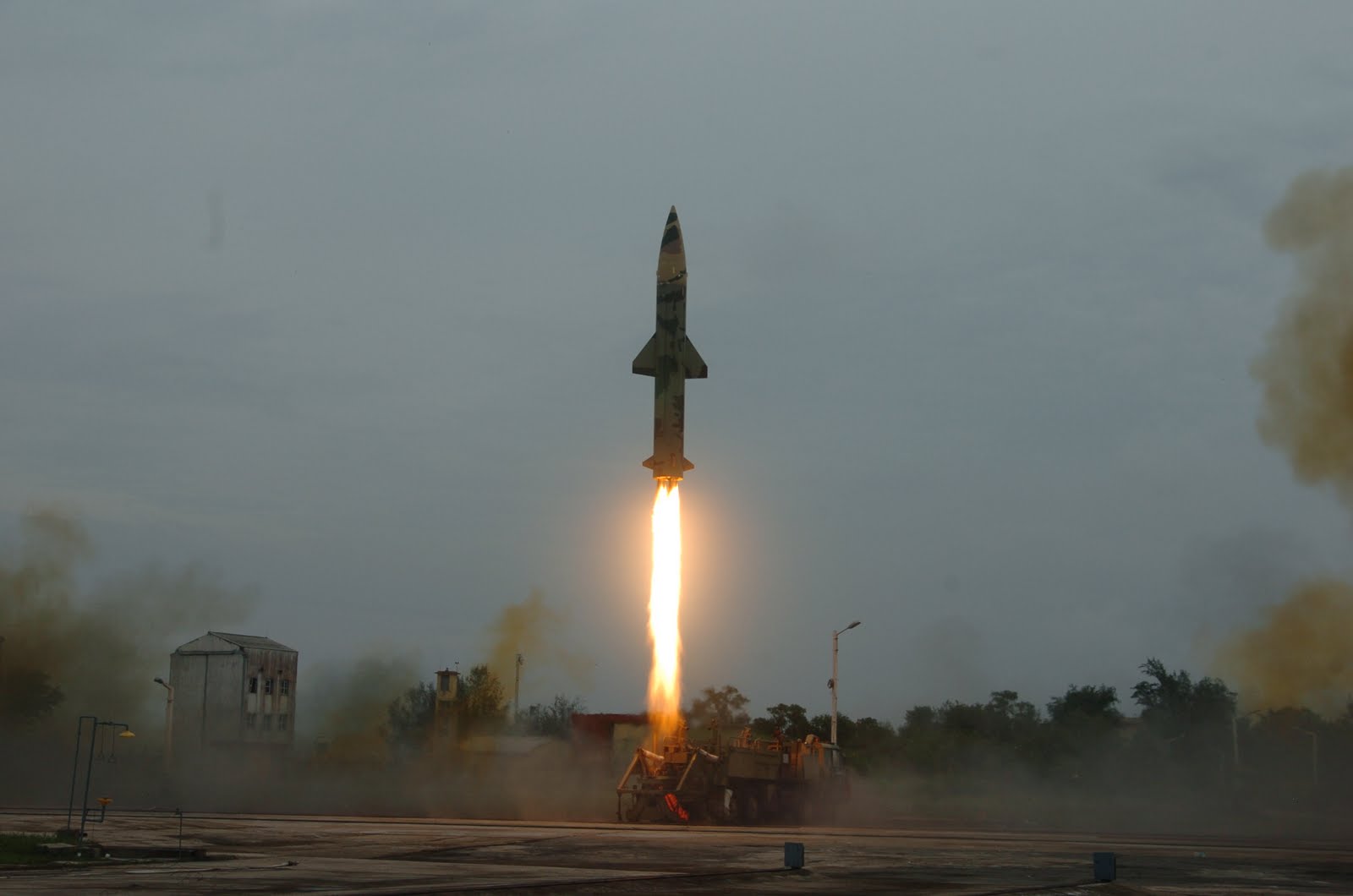The first of several studies to determine the best options for maintaining or replacing the nation’s 450 Minuteman III Intercontinental Ballistic Missile weapons systems after 2030 is underway, Air Force officials said here recently.
“The Air Force is strongly committed to the ground-based leg of the nation’s nuclear triad and we’re taking all actions appropriate — the analysis, the assessment, the planning — for this capability, in 2030 and beyond,” said Maj. Gen. William Chambers, the assistant chief of staff for strategic deterrence and nuclear integration.
As part of that commitment, the Air Force is making a $28 billion investment in nuclear deterrence operations across the Future Years Defense Program, the general said in statements provided to the House and Senate Armed Services Committee’s Strategic Forces Subcommittees April 5 and 6.
That investment and planned studies will ensure that the Air Force retains or procures systems and capabilities that are best for our nation’s strategic deterrence, he said. Options for a new GBSD capability, he added, range from upgrading the current ICBM force to the possibility of a new system.
“Although a decision on a follow-on ICBM is not needed for several years, the Nuclear Posture Review recognized the need for studies to inform a decision on ground-based strategic deterrence beyond 2030,” he said, explaining that the results of these studies will inform and help clarify the costs and benefits of a follow-on ground-based strategic deterrent capability.
Lt. Gen. James Kowalski, the commander of Air Force Global Strike Command, told the Senate Armed Services Committee April 6 that the command is working with headquarters Air Force on the capabilities-based assessment of a ground based strategic deterrent. The $1 million initial study, internally funded by AFGSC, is expected to be complete by July 2011 and will establish the requirements baseline for the missile’s desired speed, range, payload capacity and other requirements.
During FY12, Air Force officials are planning to internally source funds in the amount of $4.6 million to develop the Analysis of Alternatives study guidance and use the guidance to build the AOA study plan, officials said. This funding will also fund initial pre-AOA concept characterization and technical descriptions.
These efforts will produce a recommendation regarding the best ICBM follow-on options from a broad range of alternatives — from full replacement to sustainment of the current ICBM beyond 2030.
Approximately $26 million will be required, in total, during FY12-14 to complete the entire Materiel Solutions Analysis phase, which includes the AOA and other activities leading to the initial acquisition milestone and a Program of Record.
While Air Force officials are conducting these studies, the Minuteman III ICBM, first deployed in the 1960s continues to undergo Life Extension Programs to ensure the weapon system is viable through 2030 as mandated by Congress.
Minuteman III ICBMs are located at missile wings headquartered at F.E. Warren Air Force Base, Wyo., Malmstrom AFB, Mont. and Minot AFB, N.D.











